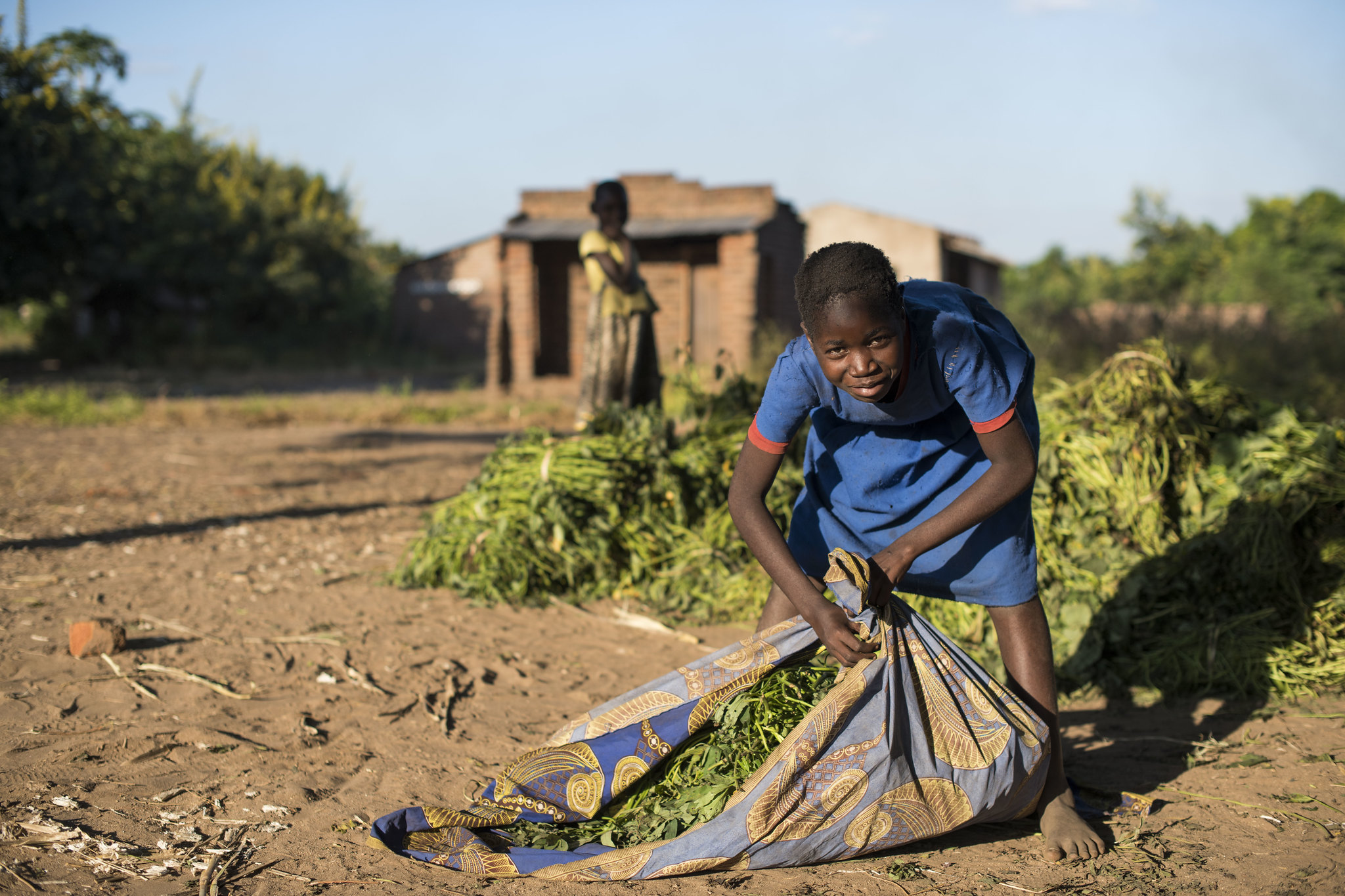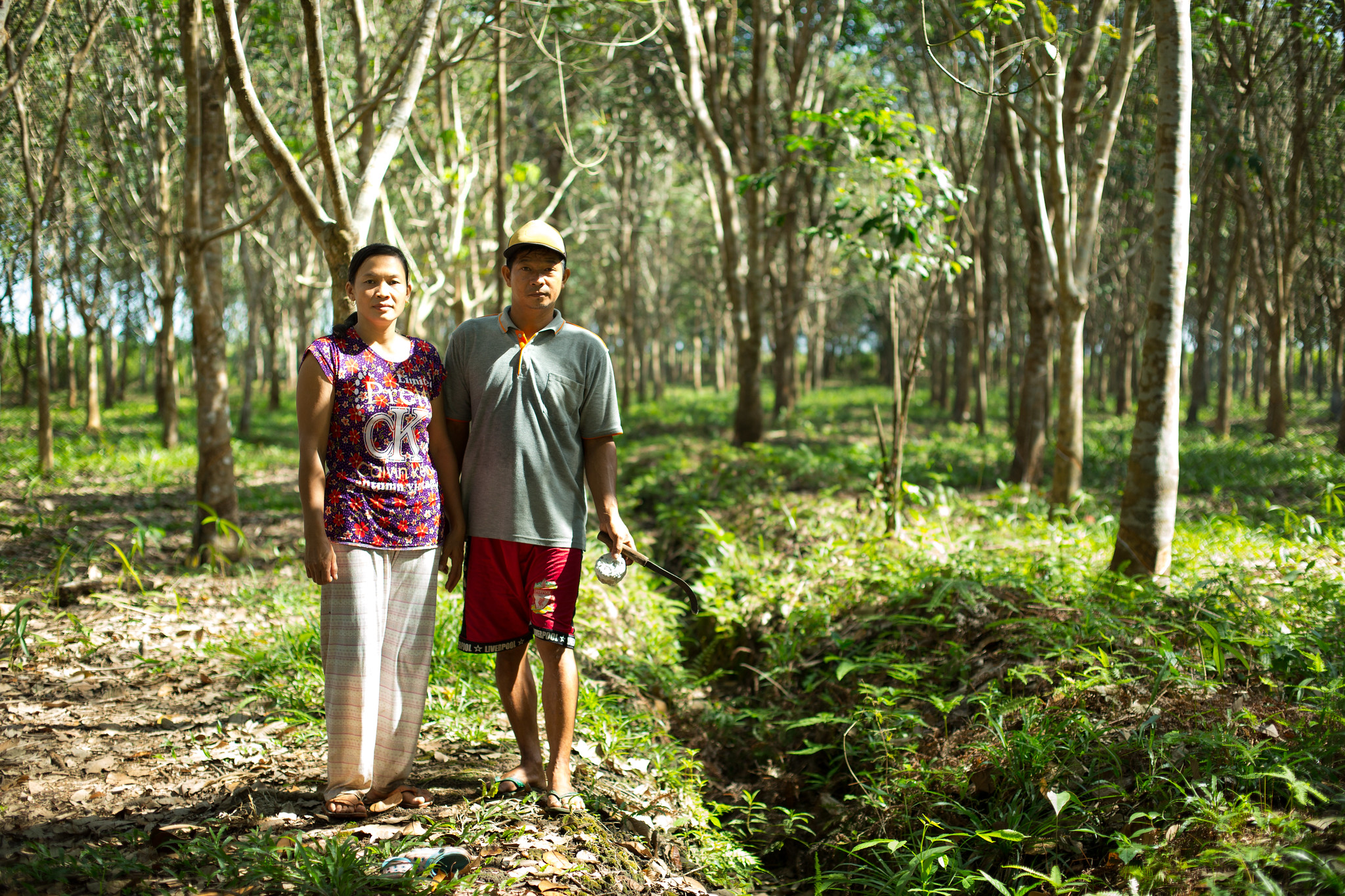Top 10 gender research reads from 2021
In our series of recommended reading lists, gender experts provide starting points for researchers, students, practitioners and others looking to dive deeper into research on gender and a wide variety of topics.
This time, we asked the CGIAR GENDER Platform team members to pick out their top gender research reads from 2021. Explore below for their selection of the most interesting, important and captivating publications released last year.
Top picks by Nicoline de Haan, CGIAR GENDER Platform Director
#1 Rural youth in Southern Nigeria
There are three clear reasons why Rural Youth in Southern Nigeria: Fractured Lives and Ambitious Futures by Crossouard et al. sticks in my mind. First, because it is about youth. We often talk about youth and their importance for the future, but I have not seen much research about rural youth. As the CGIAR GENDER Platform evolves, we will work more on youth issues, so it is important we have more theoretical thinking and evidence in this space. My second reason is linked to the article’s approach: years ago, I was in the field in Kenya with a PhD student doing research on how rural education was preparing youth for the future, and she found that the education system was not at all linked to the realities. This article looks at that issue as well. Finally, I picked this because it is about Nigeria, and having spent seven years of my career there, Nigeria always interests me. It was also good to see a CGIAR scientist involved in this research.

Vine distribution among the rural youth (Photo: Hugh Rutherford/CIP)
#2 Gender equality in climate policy and practice
Gender Equality in Climate Policy and Practice Hindered by Assumptions by Lau et al. is one of those articles that should have been written a long time ago. It lays out the assumptions we are still dealing with in gender in agriculture research. For example, that women are caring and connected to the environment; that women are a homogenous and vulnerable group; that gender equality is a women’s issue; and that gender equality is a numbers game. The authors very nicely show how these assumptions hinder progress on climate change and how they can even be counterproductive. Now that this article is out there for the public, we can move on and really deal with the issues at hand!
Top picks by Marlene Elias, CGIAR GENDER Platform Alliances Module Lead
#3 Gender expertise in environment and development
This book, Negotiating Gender Expertise in Environment and Development by Resurrección and Elmhirst, is thoughtful and beautifully written. It brings together critical reflections from gender experts on their experiences working in environment and development organizations, including CGIAR. It takes an innovative format: a series of conversations between the co-editors and writers, Bernadette Resurrección and Rebecca Elmhirst, and gender experts who are working to place gender and social inclusion issues at the center of research and practice on sustainability and environmental management. These conversations surface the motivations, negotiations, achievements and daily struggles of these professionals as they navigate the complexities of all that is implied by working on gender in largely technical fields. Every chapter has a different flavor, but all will resonate with those of us working in this area; and make us nod our heads, sigh, laugh (or cry!) and better understand our profession and ourselves.
#4 Masculinities in forests
Colfer’s book, Masculinities in Forests: Representations of Diversity, focuses on how masculinities relate to forest management, drawing on her experience working in different forest contexts, from the USA to Indonesia. It takes a timely dive into diverse masculinities and how these shape practices in forest management, all the while recognizing men’s agency in expressing different masculine identities. Aside from the rich content that is discussed, couched in an accessible framework and language, I appreciated that the book examines masculinities among professionals working in the field of forestry as well as among various forest communities. I was also very impressed by how Colfer was able to re-examine decades of ethnographic research through a new lens to write this book. Wow!

Gender and forests. Photo: Mokhamad Edliadi/CIFOR
Top picks by Els Lecoutere, CGIAR GENDER Platform Science Officer
#5 Diffusion and dilution
Doss’ Diffusion and Dilution: The Power and Perils of Integrating Feminist Perspectives into Household Economics is important to me is because it acknowledges the advances we have made in integrating feminist economic perspectives into mainstream economics, but also points out areas for improvement. It helps us to stay focused. Personally, I find the call for careful consideration of benefits versus potential harm, and proper training of enumerators when collection data about domestic and gender-based violence, extremely important. I sometimes feel we make the decision to collect data about domestic and gender-based violence too lightly. The article further opens the discussion about two other pet topics of mine: First, how can we better capture the complexity of households, including the web of power relations between different members, in which individuals make decisions? Second, how can we measure social norms and their importance for people’s capabilities and choices? How can these be changed and what are the effects?
#6 A review of evidence
I keep going back to this brief, A Review of Evidence on Gender Equality, Women’s Empowerment and Food Systems by Njuki et al., mainly for its gendered food systems framework. The framework brings the different ways in which gender affects capabilities, choices and outcomes in food systems together. It provides a theoretical basis for various key questions in gender in agricultural and food system research and shows how this is supported by evidence. To me, its key contribution is the way it disentangles the different ‘entry points’ of gender constraints. Gender inequalities cannot only creep into biophysical, technological or economic drivers of food systems, shocks and vulnerabilities affecting these drivers can also affect men and women differently. Finally, the conceptualization of gendered food systems as systems underscores the dynamic, interdependent nature of the different elements and the need for a holistic approach to achieve gender equality in agriculture and food systems.
Top pick by Hazel Malapit and Elizabeth Bryan, CGIAR GENDER Platform Methods Module Co-leads
#7 Advancing gender equality
If you don’t have time to read the whole book, read the introduction. Pyburn and van Eerdewijk’s introduction to Advancing Gender Equality through Agricultural and Environmental Research excellently presents the topics discussed in the book, which features contributions from 55 CGIAR gender researchers. The book flips an often-posed question: instead of asking what gender equality can do for agricultural development, it asks how agricultural and environmental research can advance gender equality. One of the best overviews of gender research in CGIAR, the introductory chapter contextualizes CGIAR gender research within our organization’s struggles to address gender and within the broader thinking around gender and development. The introduction provides summaries of each chapter as well as information on the methodological and geographic breakdown of studies reviewed.
#8 Gender and agricultural economics
As gender researchers in the CGIAR are well aware, women and men in developing countries have different preferences and interests, and good policies and programs take these differences into account. But what about what researchers themselves bring to the table? This article, How Women Saved Agricultural Economics, by Offutt and McCluskey, points out that women (and minorities) tend to be under-represented in economics positions in government and academia, and are not recognized for their achievements with awards and editorships due to both overt discrimination and implicit bias. Yet, the authors say, the diversity resulting from women’s increased presence in field has increased the relevance of the discipline over the last several decades. This research documents the importance of increasing representation in academic fields where women (and other minorities) are traditionally under-represented. While this study focuses on agricultural economics in the United States, it has prompted further analysis of how these patterns apply in other countries, such as India and Kenya, and within other institutions.

Market vendor (Photo: C. de Bode/CGIAR)
Top picks by Ranjitha Puskur, CGIAR GENDER Platform Evidence Module Lead
#9 Food and agriculture systems
Foresight studies on agriculture tend to not integrate social dimensions as these often do not render themselves to quantitative measurement. This article, Food and Agriculture Systems Foresight Study: Implications for Gender, Poverty and Nutrition by Lentz, is a rare review that argues for mainstreaming a gender, poverty and nutrition focus into foresight research. This would help ensure that we reduce the risk of entrenching gender inequalities and promoting technologies that exacerbate inequality, and that we are able to inform policy- and innovation-led pathways. Having dabbled in participatory foresight analysis using scenario planning, visioning and backcasting, this piqued my curiosity. The paper offers helpful insights into how and when to bundle or sequence interventions and the need to understand the effects of interventions on the whole agri-food system. It offers a very engaging and useful read, even for those who are unfamiliar with foresight methods.
#10 Gender and land ownership
The issue of women’s limited land ownership is sticky and has occupied central stage in debates and discourses for a while. Nowhere have we been able to make any significant progress in reducing the gender gaps in land ownership. Cheryl Doss (2018) questioned the myth of women owning less than one percent of land globally. This continues to be a complex issue, with the definition of “ownership” being only one of the tricky issues. Agarwal’s 2021 paper, How Many and Which Women Own Land in India?, uses longitudinal data from the Village Level Studies (VLS), collected by the International Crops Research Institute for the Semi-Arid Tropics (ICRISAT) from a set of Indian villages between 2009 and 2014, to look at which women are more likely to own land, why and how these patterns changed over the years. We at the CGIAR GENDER Platform have also been highlighting the need to focus more on unpacking intersectionalities to have better insights that can inform targeted solutions. This paper provides a very good example of the importance of intersectional approaches and it highlights the gap and the critical need for a national and state-level datasets.
